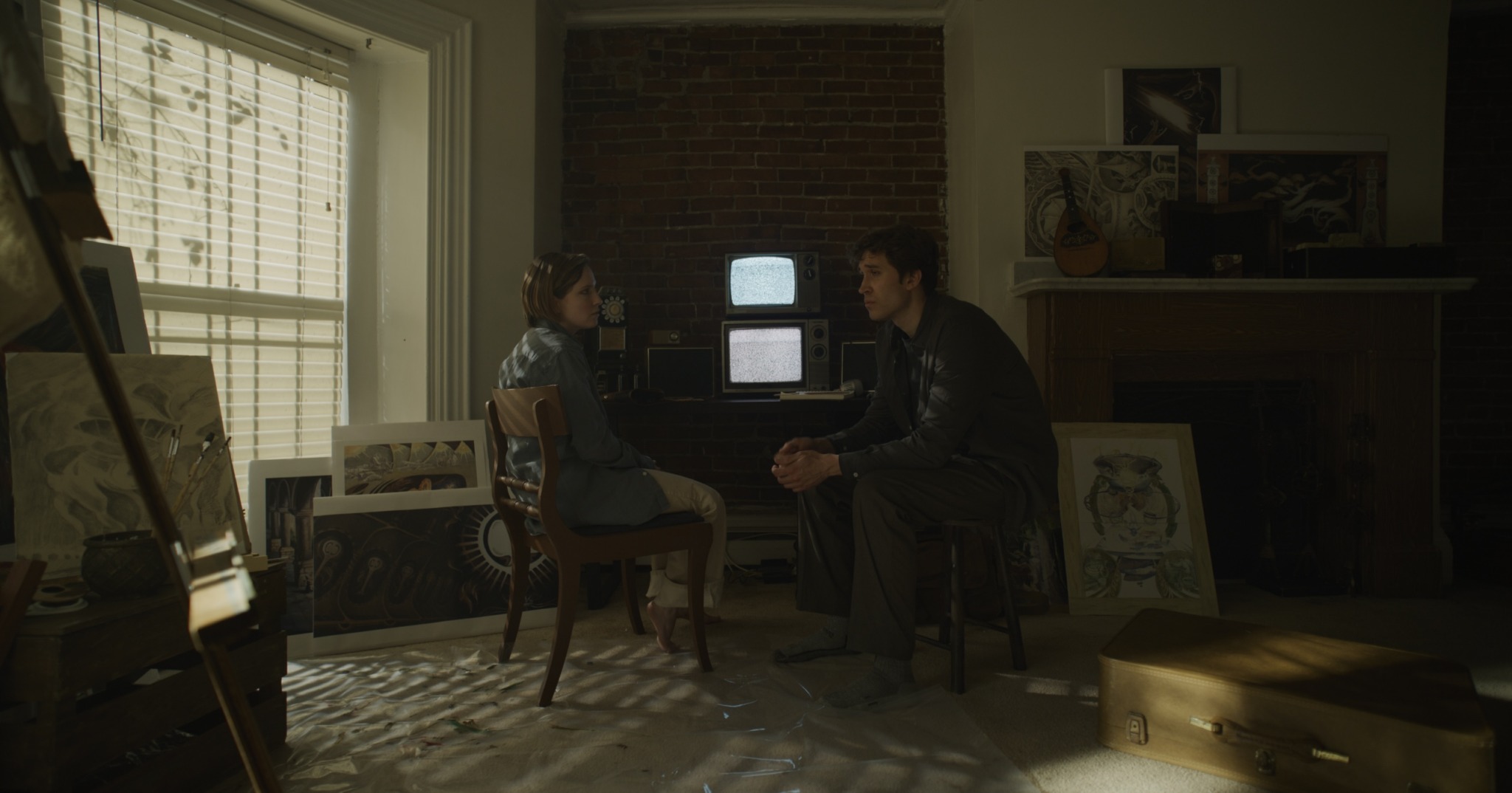We caught up with the brilliant and insightful Weizi Huang a few weeks ago and have shared our conversation below.
Alright, Weizi thanks for taking the time to share your stories and insights with us today. Did you always know you wanted to pursue a creative or artistic career? When did you first know?
I was sixteen or seventeen — that restless age when you’re suddenly expected to choose who you want to become. At the time, I didn’t have a clear plan, just a quiet pull toward something that felt bigger than myself. Conveniently, it was also around then that I found myself surrounded by stories — in films, especially. Not just movies, but moments — characters who felt startlingly real, scenes that clung to me long after the credits rolled.
There was something magnetic about watching people unfold on screen — their choices, their flaws, their silences. I found myself leaning in, thinking: What would I have done? And more importantly: What if I told this story?
That curiosity — the need to understand, to feel, to reimagine — lit a spark in me. I realized I didn’t just love stories; I needed them. I could empathize so deeply with characters I had never met, because in some ways, I had met them — in thoughts I hadn’t said out loud, in feelings I hadn’t named yet.
Filmmaking, then, revealed itself not as a hobby or a dream, but as a language. A way to give shape to what I was feeling, and to invite others in. I think that was the moment — not one loud, cinematic epiphany, but a quiet certainty: I wanted to tell stories for the rest of my life.
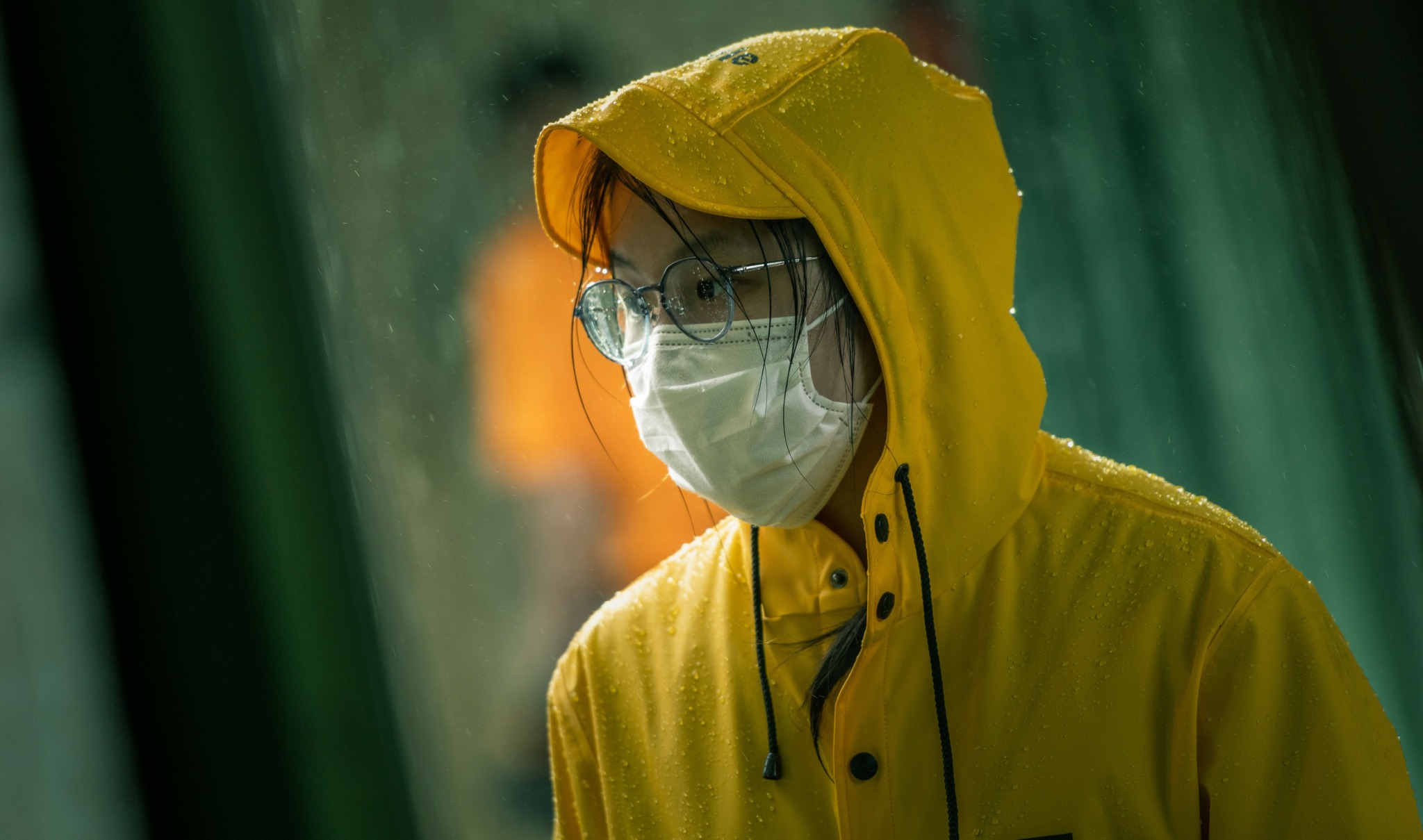
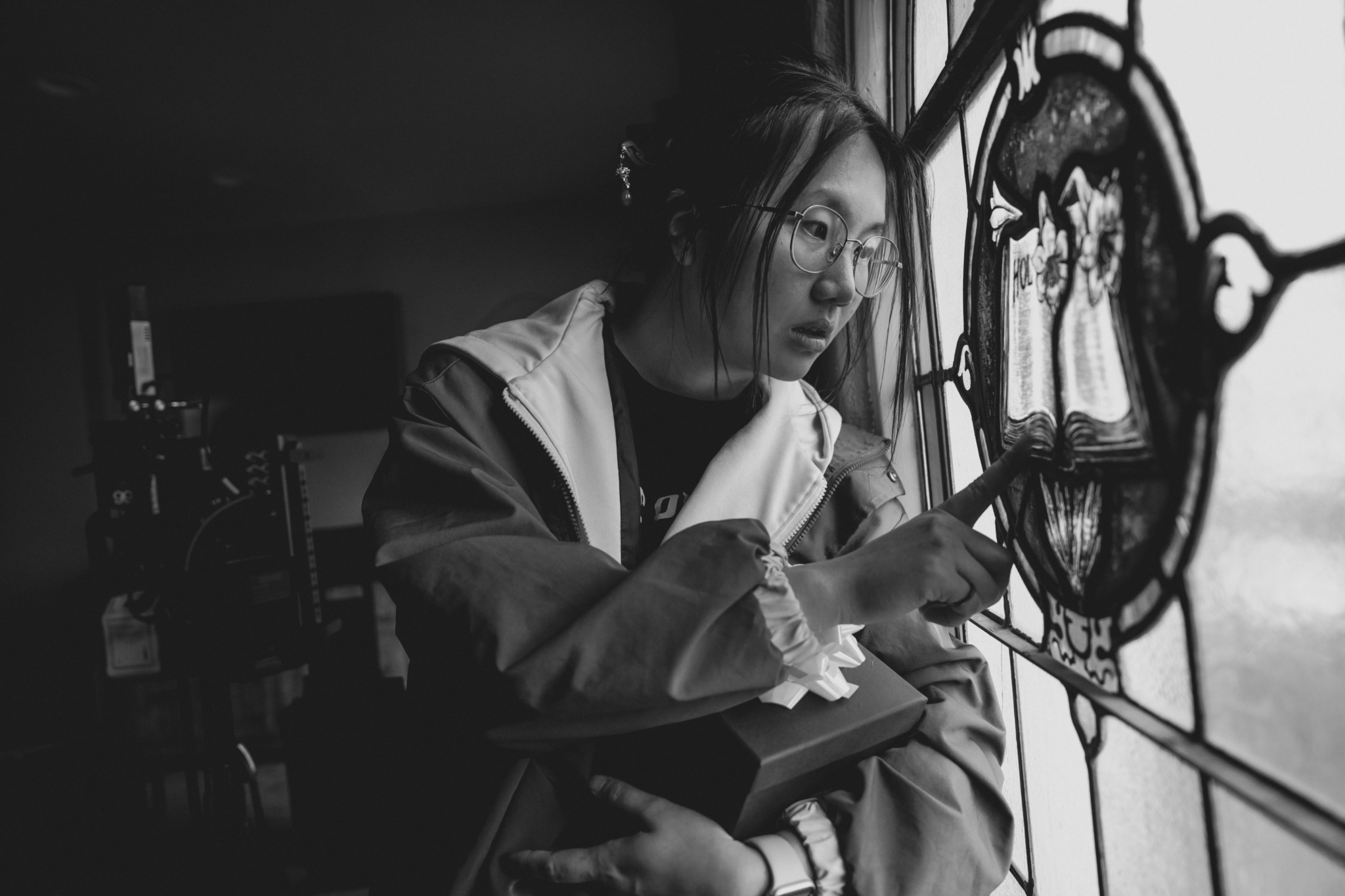
Awesome – so before we get into the rest of our questions, can you briefly introduce yourself to our readers.
I am Weizi (Trasy) Huang, an art director and production designer who sees storytelling as a deeply visual and emotional experience. What makes my approach distinctive is my ability to enter the inner lives of characters and translate their struggles, desires, and contradictions into spaces, textures, and objects that speak without words. I don’t design sets simply as backdrops; I build worlds that breathe, worlds that make the audience feel the weight of a story long after the credits roll.
My path into this craft began with my father, an interior designer, who taught me the power of detail. Watching him arrange furniture or refine a color palette showed me how environments shape emotions. That early influence grew into a love for hands-on creation—crafting props, experimenting with textures, and building models. But it was in film, and through collaboration with visionary peers, that I discovered my true calling: production design as a bridge between narrative and visual identity.
What sets me apart is the way I approach storytelling through details so subtle that they almost whisper, yet so intentional that they change how a scene is felt. For example, in one project, the protagonist was a violinist torn between her past career and her growing family. To reflect her conflict, I designed her home to feel warm, meticulous, and inviting—a reflection of her love for her husband and their new life. Yet tucked away in a glass box, almost hidden, were the trophies and awards from her past. Their presence was quiet but powerful, a reminder of a former identity she could not entirely let go of. This choice transformed the space from simply “a home” into a visual metaphor for her inner world—an unspoken dialogue between memory, loss, and hope.
I believe these kinds of decisions are what set my work apart. A sofa in the corner might balance a frame visually, but replacing it with a vintage suitcase—as I did in Year One—adds layers of meaning. In that case, the suitcase became a symbol of transience and detachment, suggesting the character was always half-ready to leave, never fully belonging. It was a small design choice, yet it deepened the audience’s understanding of the story in a way that conventional solutions never could.
For me, production design is not about filling a space but about revealing a story through space. I collaborate closely with directors and cinematographers to ensure that every color, texture, and prop not only serves the frame but also the emotional truth of the characters. My adaptability allows me to move fluidly between genres—whether creating intimate domestic realism, whimsical fantasy, or vast dystopian worlds—always guided by the story’s needs rather than my own stylistic signature.
What I am most proud of is my ability to bring ambitious visions to life under any circumstance. In Year One, a graduation film with limited resources, I was tasked with creating a retro-futuristic, post-apocalyptic world. One sequence required a house overtaken by nature, with ocean waves crashing just beyond its doorway. To achieve this on a student budget, we built a set on the beach from foam walls and wood-patterned paper, stabilizing it against the sand and decorating it with plants. Despite the constraints, we transformed a simple setup into a world that felt immersive and vast. This project reminded me that imagination and resourcefulness are the true engines of design.
Looking ahead, I dream of projects that push the boundaries of world-building—fantasy and sci-fi narratives where production design is not secondary but central, where entire universes with their own aesthetics, histories, and logic can be brought to life. I want to design environments that are not only seen but remembered, that transport audiences into places they have never been and yet feel instantly familiar.
At the core of my work is a belief: production design is not decoration, it is storytelling. It is empathy translated into texture, memory etched into space, and emotion revealed through light and shadow. That philosophy, paired with my adaptability, attention to detail, and love for collaboration, is what makes my voice as a designer unique. I don’t just design what’s on screen—I design what stays with you long after.
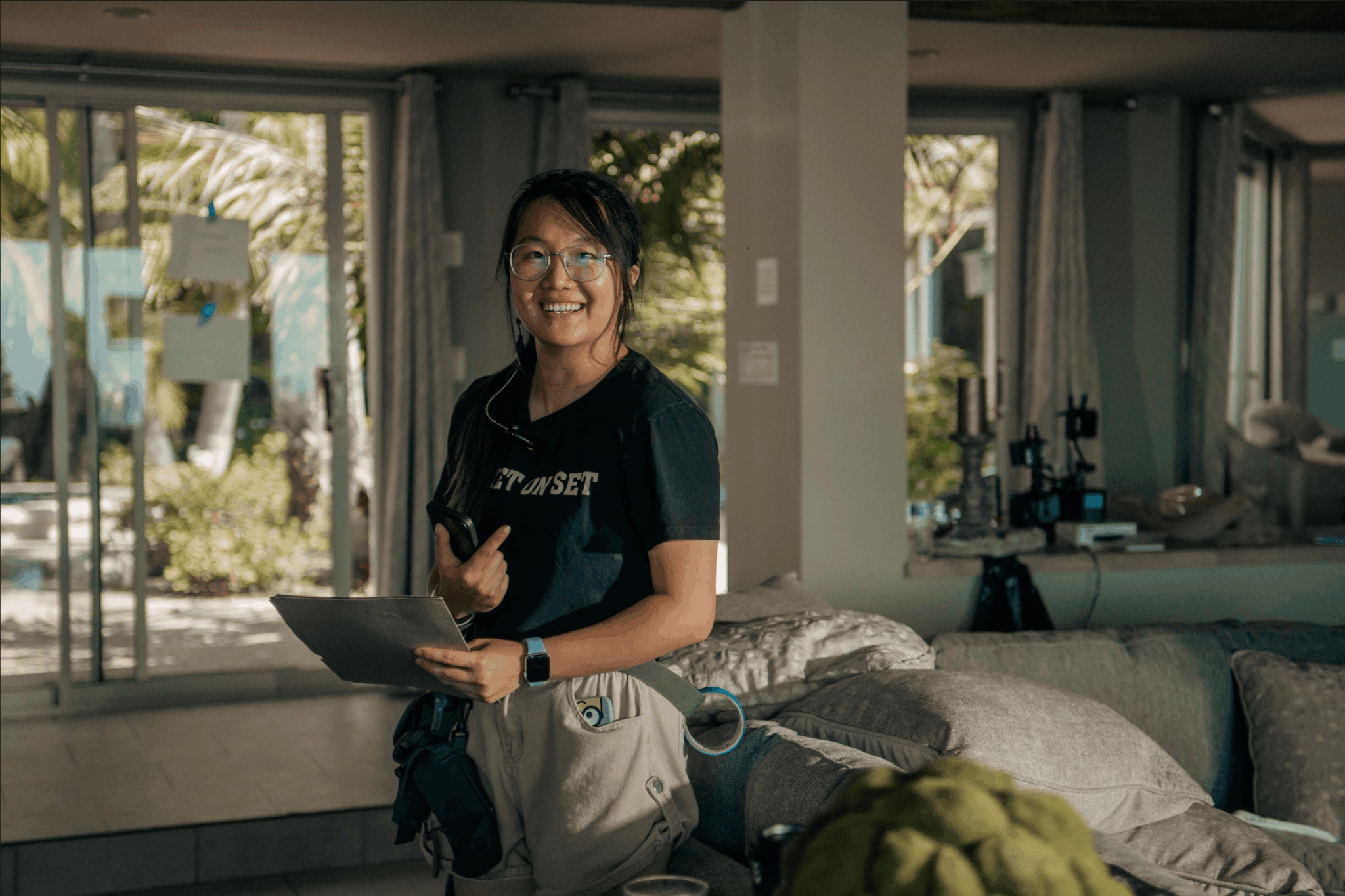

Is there a particular goal or mission driving your creative journey?
At the heart of my creative journey is a simple promise to myself: no matter the outcome, I will give everything I have. Each project is like a chapter in my story, and I want to walk away from every one of them knowing I left no piece of myself behind. Success or failure feels secondary — what matters is the honesty of effort, the devotion to the process, and the courage to chase beauty even in uncertainty. For me, art is not about arriving at perfection, but about daring to step into the unknown with everything you have, and leaving behind a trail that encourages others to do so too.
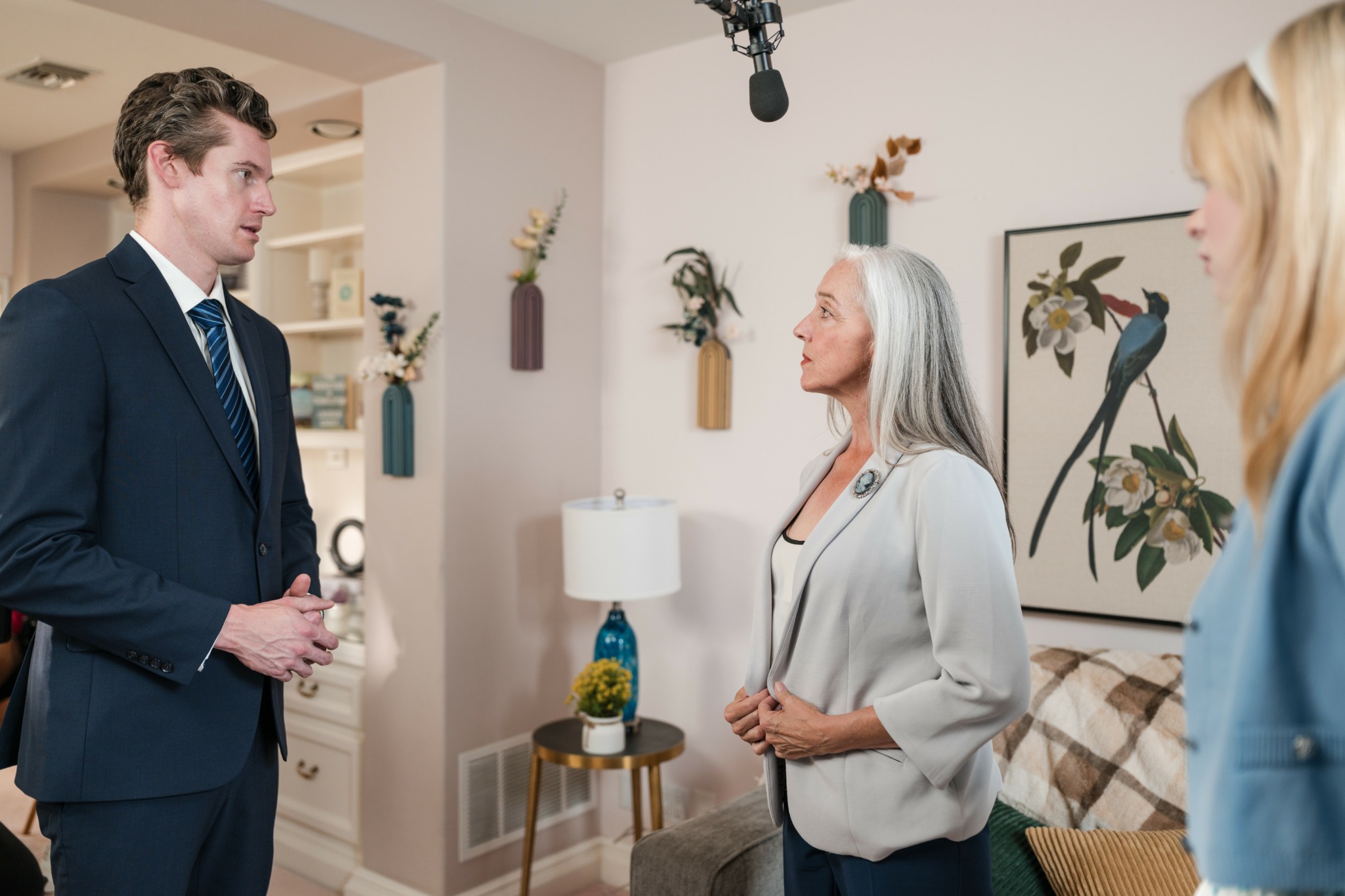

Learning and unlearning are both critical parts of growth – can you share a story of a time when you had to unlearn a lesson?
For me, the most rewarding part of being an artist isn’t when someone says a set looks beautiful or a design is impressive — it’s when the work sparks something deeper, a kind of resonance that lingers. I love when an audience can step into a space and immediately feel the story: when they walk into a girl’s room and can tell, just from the details, that she’s closer to her mother than her father, that she has a passion for art, that the very objects around her reveal the era she’s growing up in. It’s those small, invisible truths woven into the world of a project that move people most. When someone feels that unspoken connection — when it gives them goosebumps — that’s the greatest sense of accomplishment I can imagine.
Moreover, when the creatives I work with step onto a set and it feels like it truly belongs in the world they imagined while writing the script. Not like something I “made,” but like a real place that already existed — a room with objects the characters themselves might have bought, details they might have chosen, things they could have made with their own hands. When a set reaches that level of authenticity, it stops being just design and starts becoming part of the story’s truth. That moment — when the world feels alive and the team feels it too — is when I know we’ve created something special.
Contact Info:
- Website: https://trasy.my.canva.site/
- Other: https://pro.imdb.com/name/nm15065202/credits
